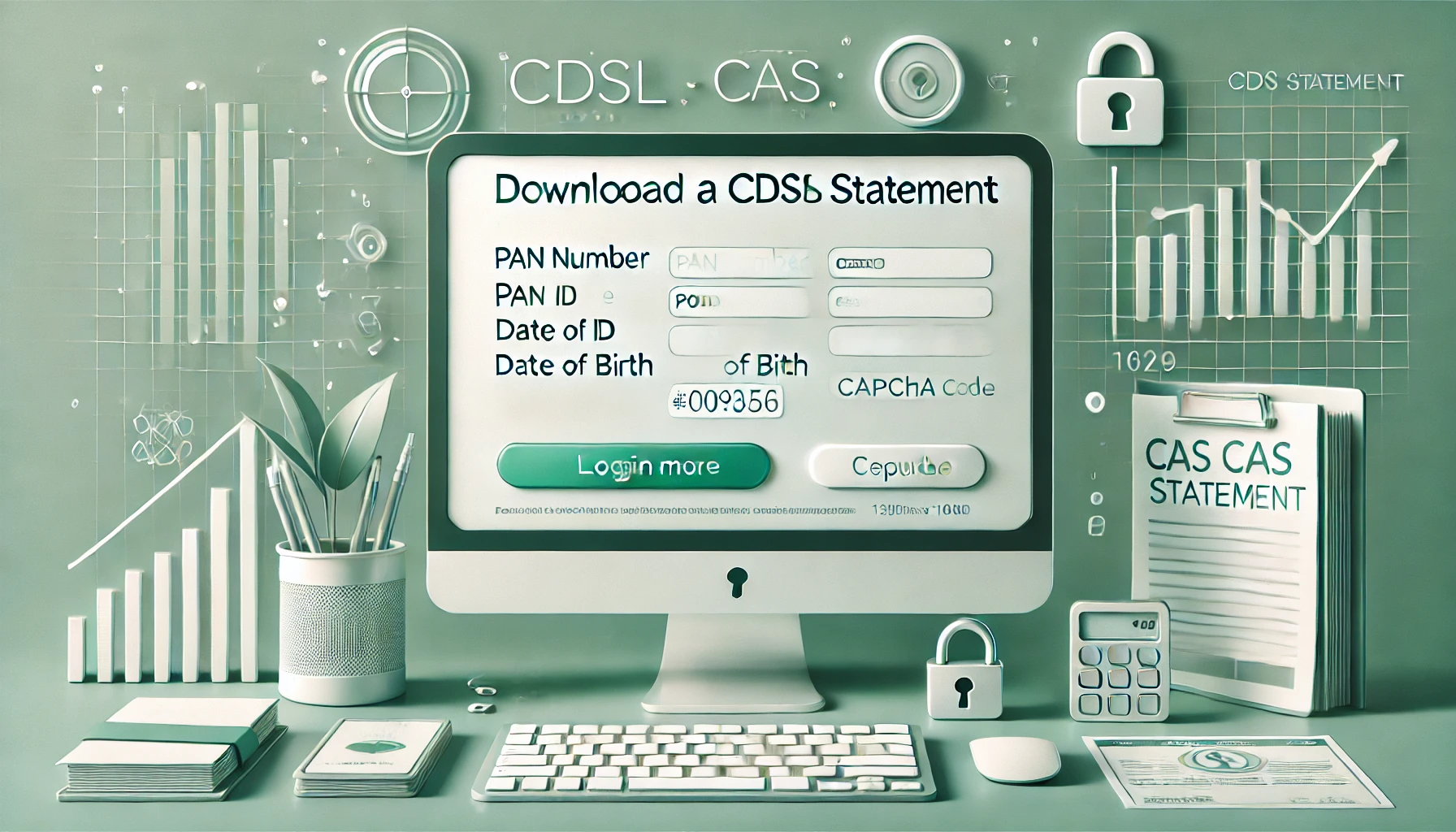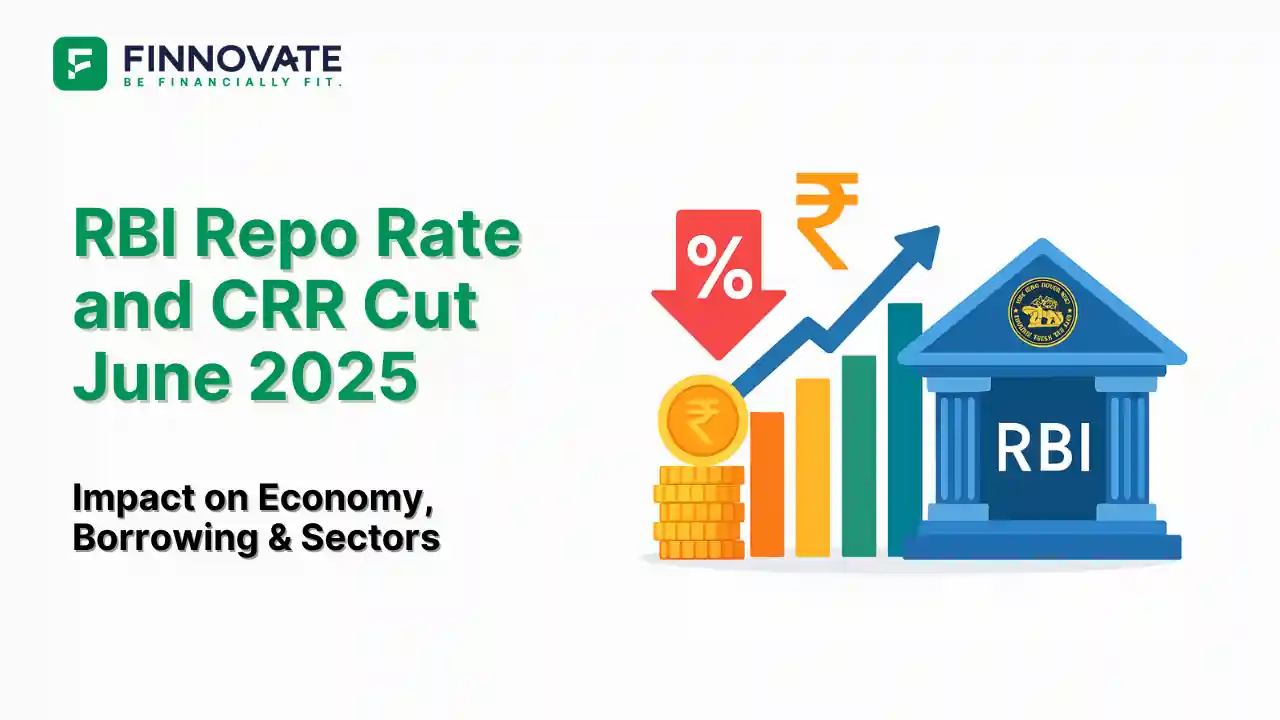XIRR vs CAGR: What’s the Difference and When to Use Each in 2025

By

When it comes to understanding investment performance, two terms often pop up: CAGR (Compound Annual Growth Rate) and XIRR (Extended Internal Rate of Return). While both talk about “returns,” they work very differently.
If you've ever asked:
…then this guide is for you. Let’s break it down in simple, Indian investor language.
CAGR is a way to know how much your investment grew annually on average, assuming you invested once and just waited.
You invested ₹1 lakh in a fixed deposit. After 5 years, it grew to ₹1.5 lakhs.
The CAGR is the average rate at which it grew each year.
CAGR = [(Final Value / Initial Value) ^ (1 / Years)] – 1
In our case:
= [(1,50,000 / 1,00,000) ^ (1/5)] – 1
≈ 8.45% CAGR
You earned 8.45% every year as if it grew steadily.
CAGR is best used when:
XIRR gives you the true return when your cash flows happen at different times - like in SIPs, top-ups, or redemptions.
You invest ₹5,000/month in a mutual fund for 12 months. Total investment = ₹60,000. At the end of the year, it’s worth ₹65,000.
You can’t use CAGR here because the money went in gradually, not all at once.
| Date | Amount Invested |
|---|---|
| Jan 1, 2024 | ₹5,000 |
| Feb 1, 2024 | ₹5,000 |
| Mar 1, 2024 | ₹5,000 |
| ... (monthly SIP) | ... |
| Dec 1, 2024 | ₹5,000 |
| Jan 1, 2025 | ₹65,000 (redeemed) |
In Excel, you’ll enter:
=XIRR(values, dates)It’ll give you your true return, accounting for time difference between each SIP.
Use XIRR when:
| Feature | CAGR | XIRR |
|---|---|---|
| Type of Investment | One-time lump sum | Multiple inflows/outflows |
| Time Sensitivity | Ignores timing | Considers exact dates |
| Calculation | Simple | Needs Excel/software |
| Use Case | FD, PPF, single MF entry | SIP, ULIP, staggered MF |
| Accuracy | Moderate | High (more realistic) |
| Formula | CAGR formula | =XIRR(values, dates) in Excel |
CAGR is like planting one tree and watching it grow evenly over 5 years.
XIRR is like planting a tree every month, some grow faster, some slower - you calculate the true growth of the whole garden.
Q1. Can XIRR be negative?
Yes. If your investments performed poorly or you withdrew early, XIRR may show a negative return.
Q2. Why is XIRR different from AMC report?
Slight variations can happen based on the exact date input, reinvestments, or NAV delays.
Q3. Can I use CAGR for SIPs?
No. SIPs are spread across time. CAGR oversimplifies. Use XIRR.
Q4. Does XIRR include dividends?
Only if you add dividends as positive inflows with dates while calculating in Excel.
CAGR:
[(Final / Initial)^(1/Years)] – 1=RATE() with correct inputsXIRR:
=XIRR(values, dates)Want to try it yourself? Download sample Excel file
| Situation | Use |
|---|---|
| One-time investment | CAGR |
| SIP, ULIP, redemptions | XIRR |
| Want simplicity | CAGR |
| Want accuracy | XIRR |
Use our SIP Calculator or talk to a Mutual Fund Advisor to assess your returns using XIRR and CAGR.
Disclaimer: The content in this article is for informational purposes only and does not constitute investment recommendations. Please consult a financial professional before making investment decisions.

Learn how to easily download your NSDL CAS Statement in PDF format with our step-by-step guide. Follow our instructions to log in to NSDL e-Services, download your account statement, and subscribe for
Read Full
Explore what Specialised Investment Funds (SIFs) are, their benefits, taxation, minimum investment, how to invest, how they compare with mutual funds and PMS and latest developments in SIF space
Read Full
Learn How to Download Your CDSL CAS Statement with our step-by-step guide. Easy instructions for accessing your investment details online.
Read Full
Analyzing the potential economic impact of the 2025 India-Pakistan conflict on India's GDP growth, manufacturing sector, and foreign investment.
Read Full
Determine if your Demat Depositary (DP) is NSDL or CDSL easily. Follow our guide to check using broking platforms or Demat account number formats
Read Full
RBI cuts repo rate by 50 bps and CRR by 100 bps in June 2025 to boost growth. Learn how it impacts inflation, borrowing, sectors, and market trends.
Read Full
Looking for the best financial freedom books? Here’s a handpicked 2025 reading list with summaries, why to read, and who it's best for.
Read Full
Discover key facts about Ola Electric IPO launching in 2024. Simple guide covering business, financials and investment potential.
Read Full